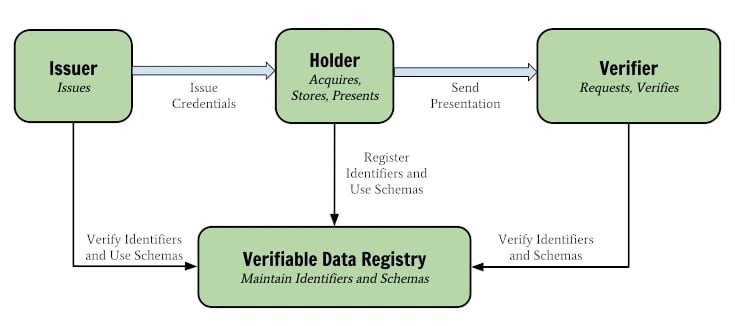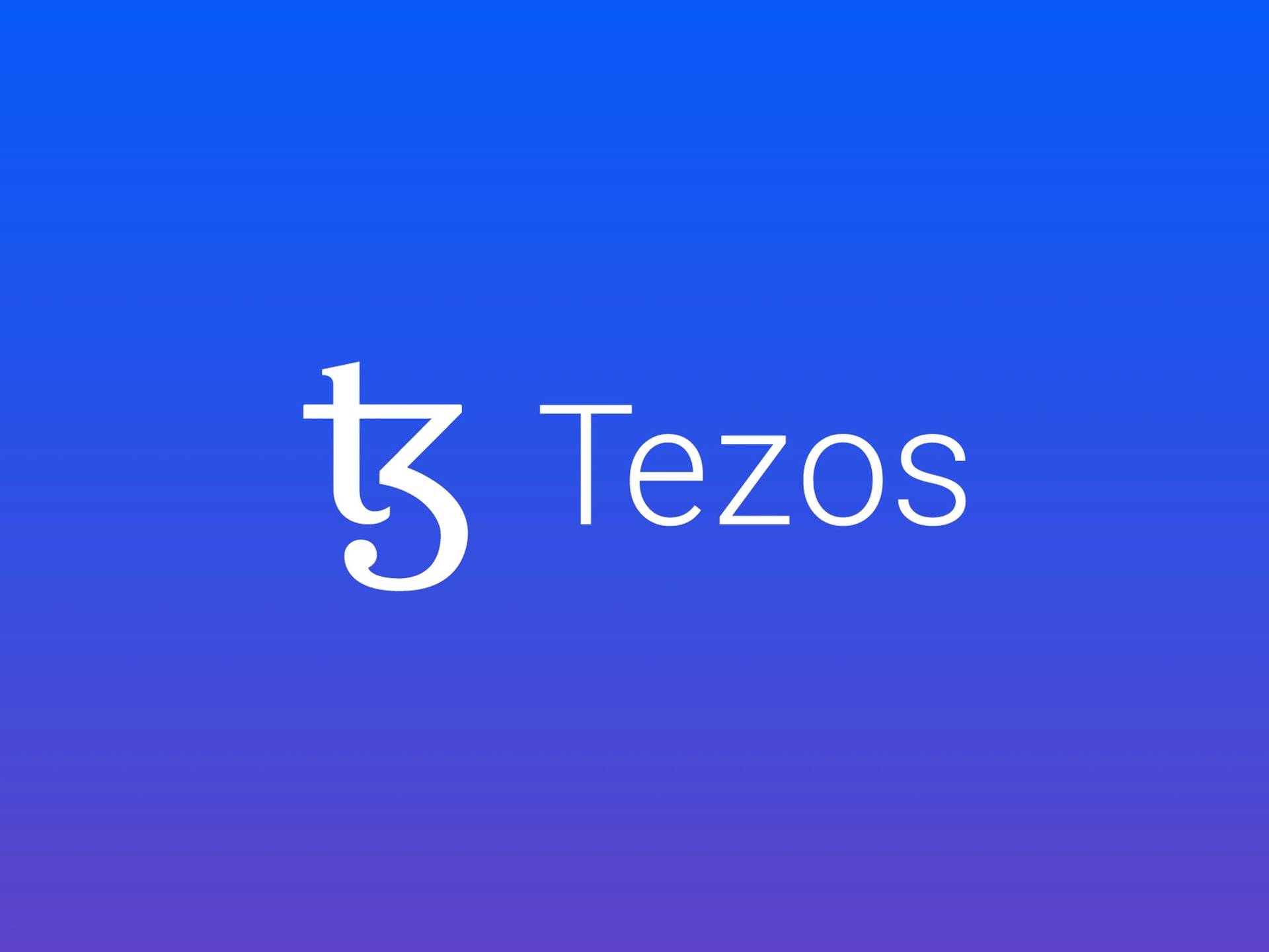Subscribe to wiki
Share wiki
Bookmark
Tezos
The Agent Tokenization Platform (ATP):Build autonomous agents with the Agent Development Kit (ADK)
Tezos
Tezos is an open-source, self-amending blockchain network, founded by Arthur Breitman and Kathleen Breitman, designed to facilitate decentralized applications (Dapps) and smart contracts. [1]
Overview
Tezos is an open-source, community-governed, blockchain network that runs smart contracts for asset settlement and dApps. With their mainnet launched in September 2018, the network is capable of providing censorship resistance, decentralization, and user control, and its native currency is known as XTZ, tez, or ꜩ. [3][18]
One of the most noteworthy features of Tezos is its self-amendment and upgradability process, which allows the network to upgrade itself through an in-protocol amendment process without the need for a hard fork. [2]
Tezos uses a proof-of-stake consensus mechanism, known as baking, to reach a consensus on the state of the blockchain. This mechanism is different from Bitcoin's proof-of-work consensus mechanism, and it allows stakers to earn rewards by delegating their tez coins without any lock-in or freeze mechanism. This approach improves scalability, encourages incentive alignment, increases the cost of 51% attacks, and avoids environmentally wasteful proof-of-work. [2]
History
The idea of Tezos was developed about in 2014 by Arthur Breitman and Kathleen Breitman, a husband-and-wife team who founded Dynamic Ledger Solutions Inc. (DLS) in Delaware to develop Tezos. Arthur, who worked at Morgan Stanley, did not inform his employer of his involvement in Tezos, which later resulted in him being fined $20,000 by the Financial Industry Regulatory Authority (FINRA). [15]
Despite the charges, the two founders aimed to raise funds to kick start Tezos, however, their initial efforts to secure $5 to $10 million from banks proved unsuccessful: the project fell short of its fundraising target, only managing to raise $612,000 from 10 backers. This limited amount prompted the Breitmans to explore alternative funding options, leading them to plan an initial coin offering (ICO) as a means to raise additional funds.
In July 2017, the Tezos Foundation conducted one of the largest initial coin offerings (ICOs) at the time, raising $232 million in Bitcoin (BTC) and Ether (ETH). The contributions made by participants were labeled as "non-refundable donations." However, some contributors considered these donations investments, which raised concerns regarding the jurisdiction of the Securities and Exchange Commission (SEC). [15][16][17]
The funds raised through the ICO were intended to finance the acquisition of Dynamic Ledger Solutions Inc. (DLS) and to provide the Breitmans, the founders of Tezos, with 8.5% of the ICO funds and 10% of the tokens if the Tezos blockchain operated successfully for at least three months. [15][17]
A significant dispute over control of the project ensued between the Breitmans and Johann Gevers, who held control over the assets managed by the Tezos Foundation, including the Breitmans' share. This disagreement resulted in delays in the development and deployment of Tezos. As a consequence, some investors filed lawsuits alleging fraud during the fundraising process and unauthorized sales of securities. Gevers was accused of pressuring the foundation council into signing a contract that would grant him a $1.5 million bonus. However, Gevers denied these allegations. [15][17]
In 2018, Gevers resigned from his position and received a payout of $400,000, and the foundation board underwent replacement. Tezos finally went live in September of that year, but legal challenges persisted. In 2020, the Tezos founders reached a settlement agreement with the plaintiffs involved in the lawsuits. The Tezos Foundation agreed to pay $25 million to resolve the legal disputes before federal courts could rule on whether the ICO constituted the sale of unregistered securities. In February 2021, Arthur Breitman joined the council of the Tezos Foundation. [15][17][19]
Baking
Baking is the process of adding new blocks to the Tezos blockchain by signing and publishing them. It is a crucial component of the Proof-of-Stake consensus mechanism as it ensures the accuracy of transactions, the agreement on the order of transactions, and the prevention of double-spending. Proof-of-Stake is the mechanism that Tezos uses to achieve consensus on the state of the blockchain, where any stakeholder can participate and be rewarded for contributing to the security and stability of the network.
To participate in baking, a baker needs to own at least 8,000 XTZ (1 roll), and the more rolls a baker owns, the higher the chances of earning baking rewards. If someone does not own 8,000 XTZ or does not want to set up computing infrastructure to bake blocks, they can delegate their coins to a baker, who will then bake and endorse blocks. This process is called delegating and is a way for coin holders to lend their coins to bakers, giving them a higher probability of being selected to bake blocks.
Governance
Tezos is a self-amending blockchain network that uses an on-chain process for proposing, selecting, testing, and activating protocol upgrades without the need to hard fork. The self-amendment process involves five periods that last for two months and ten days, with the entire process restarting if there is a failure to proceed for a period. The Tezos amendment process begins with the Proposal Period, followed by the Exploration Vote Period, Cooldown Period, Promotion Vote Period, and Adoption Period. Bakers are the voters in the Tezos formal upgrade process, with their votes proportional to the size of their stake, and the votes are counted to determine if a proposal proceeds to the next period or the entire process restarts. The Tezos governance process allows the network to improve itself over time via a structured, yet decentralized process while preserving a high level of consensus. [4][5]
Utility
Tezos is a blockchain that functions as a smart contract platform, providing a secure and efficient way to hold and exchange value. Its self-upgradable blockchain ensures seamless adoption of innovations without disrupting the network. Moreover, Tezos is designed to incentivize developers, who can propose protocol upgrades using the platform's built-in governance mechanism. As a public blockchain, Tezos has a robust structure that resembles a digital nation, complete with a governing body, fiscal policy, and social hierarchy. With its emphasis on formal verification and security, Tezos offers a broad range of use cases, particularly in the realm of smart contracts. [6]
Enterprise and Government
Tezos is being used in a number of enterprise and government projects, including MoneyTrack, a payment platform for directed money, Global POS-Easy Wallet, a payment software editor for instant retail payment solutions in TEZ, and WereNode, a project that simplifies the connection to the charging network for electric cars using a mobile wallet. In addition, Sword Group has launched Tezos DigiSign, an open-source tool that enables users to digitally sign, certify and verify the authenticity of digital documents. The French Gendarmerie's cybercrime division (C3N) has been validating judicial expenses incurred during investigations and recording them on the Tezos blockchain since September 2019, making it the first government use of the Tezos protocol. [7]
Corporate Baking
Corporate baking refers to the process of producing and validating new blocks for the Tezos network. Under Tezos’ LPoS design, stakeholders can bake on their own or delegate to a bakery. A corporate baking operation provides select enterprises with firsthand experience of securing the network through their baking operation. Several companies, including EDF/Exaion, Sword Group/Sword France, The Blockchain Group/Blockchain Xdev, SmartNode, CoinHouse, Ubisoft, Taurus, Taibah Valley, Wakam, and Smartlink have become corporate bakers on the Tezos network. These companies offer delegation or staking services, propose low commission fees, and offer end-to-end online escrow solutions, among other services. [8]
Central Bank Digital Currency (CBDC)
Tezos has been used as a blockchain platform for testing the concept of Central Bank Digital Currency (CBDC), a digital form of currency issued and regulated by a central bank. CBDC can be used as a payment method, value reserve, or unit of account. It has been used to develop a Euro stablecoin and has been selected by financial services groups such as Société Générale and BNP Paribas to experiment with CBDC technology. These experiments have been conducted in collaboration with other institutions and blockchain groups. [9]
Decentralized Finance
Tezos, a public blockchain network, offers a variety of Decentralized Finance (DeFi) use cases including decentralized exchanges, token standards, wrapped assets, cross-chain swaps, on-chain price oracles, stablecoins/synthetic assets, and more. Each DeFi use case can be characterized by a specific primitive, which when combined over time, creates a DeFi landscape. Tezos offers the latest token standard, FA2, which supports a wide range of token types. Examples of Tezos DeFi projects include Quipuswap, WRAP protocol by Bender Labs, Tezex, Atomex, Harbinger, uUSD, Ctez, and youves. [10]
Non-fungible Tokens (NFTs)
Tezos has been used as a platform to create non-fungible tokens (NFTs) representing unique and provably scarce digital objects, such as digital art collectibles, multimedia, in-game assets, and even insurance. NFTs cannot be subdivided into smaller units and typically have associated metadata noting their underlying assets and information. Tezos has also provided standards and resources for NFT contract implementation, multimedia metadata, and a variety of NFT marketplaces such as Arago, Rarible, and McLaren Racing. NFTs have been used for digital art, collectibles and gaming, and even tickets to events. [11]
Tokenization
Tokenization is the process of converting physical and non-physical assets into digital ones. Tezos offers institutional-grade smart contracts, secure custody, and upgradeability, which are crucial for storing and deploying large amounts of capital over the blockchain. Tezos has been used by Logical Pictures & BNP Paribas, Caisse des Dépôts et Consignations, BTG Pactual, and Elevated Returns for their tokenization projects. Tokenization provides benefits such as reduced transaction costs, enabling cross-border settlement, automation, and enforcement of restrictions within the underlying technology, which dissuades the need for legal systems. [12]
Decentralized Identity
Decentralized identity thinking tends to call any valuable information about someone a "credential" and the person in question a "subject". Tezos is particularly well-suited to identity use cases managing real value at the production scale and with a grounding in real auditing, liability, and risk management. There is a whole specialists' vocabulary used to describe how credentials are handled, stored, presented, verified, and revoked, and Spruce Systems has open-sourced a white-label wallet called Credible, and the engine Spruce uses to create and power agents is called DIDKit. Both are intended to work at many scales and in many contexts and come with Tezos-writing and verifying capabilities built-in, with the option to extend support to other blockchains with Rust crates. [13]

Decentralized Autonomous Organization (DAO)
Tezos supports the creation and governance of decentralized autonomous organizations (DAOs) through smart contract frameworks like BaseDAO and Homebase. DAOs enable transparent decision-making and automated execution, avoiding the problems of traditional hierarchies. Tezos DAOs can be used for tasks such as transferring funds or updating rules. Examples of Tezos DAOs include those for funding public goods and modifying decentralized protocols like lending. Homebase provides a user-friendly interface for creating and voting on proposals for modifying smart contracts within a DAO. [14]
See something wrong?
The Agent Tokenization Platform (ATP):Build autonomous agents with the Agent Development Kit (ADK)
